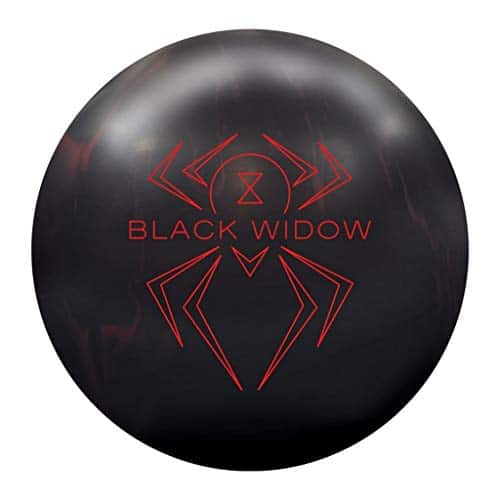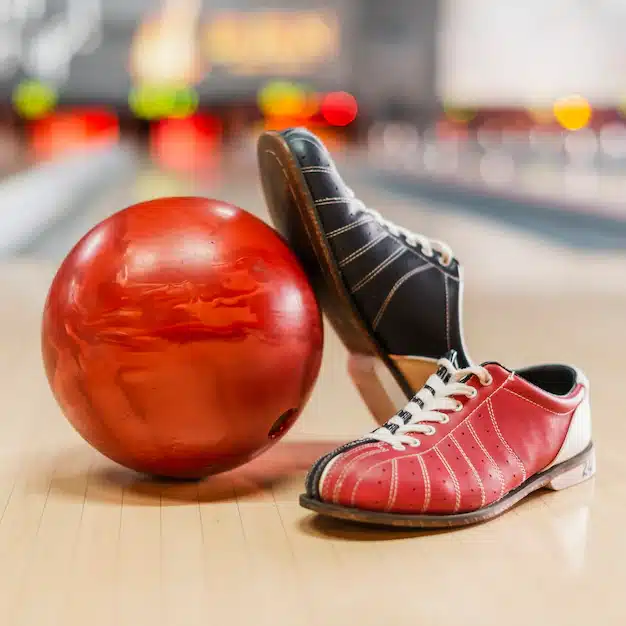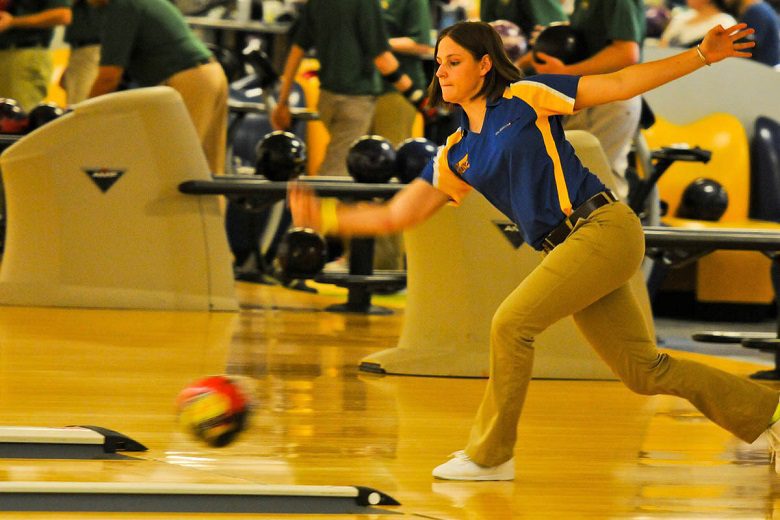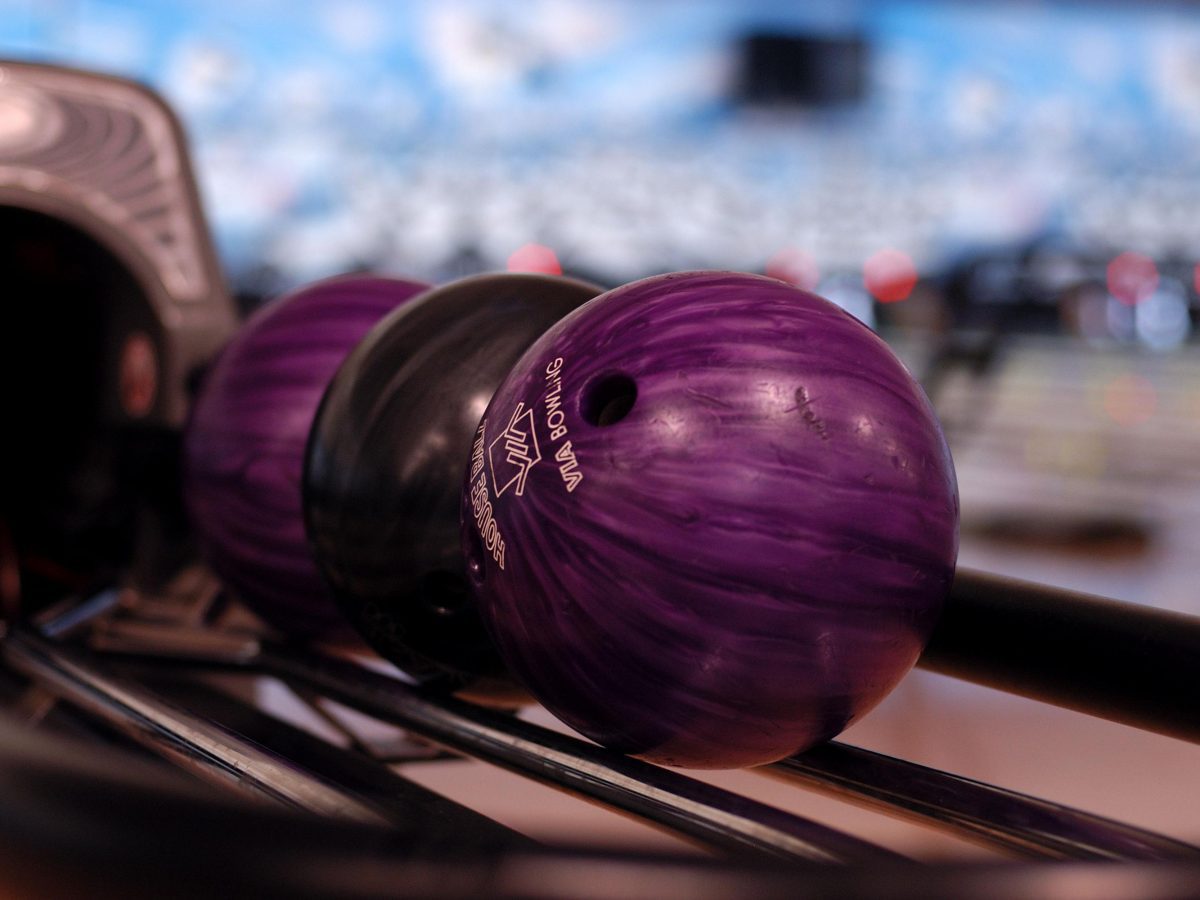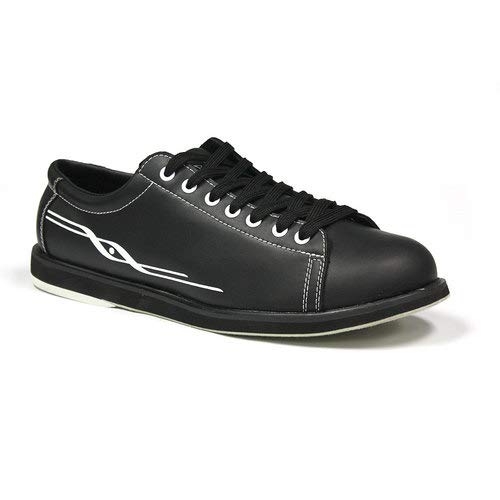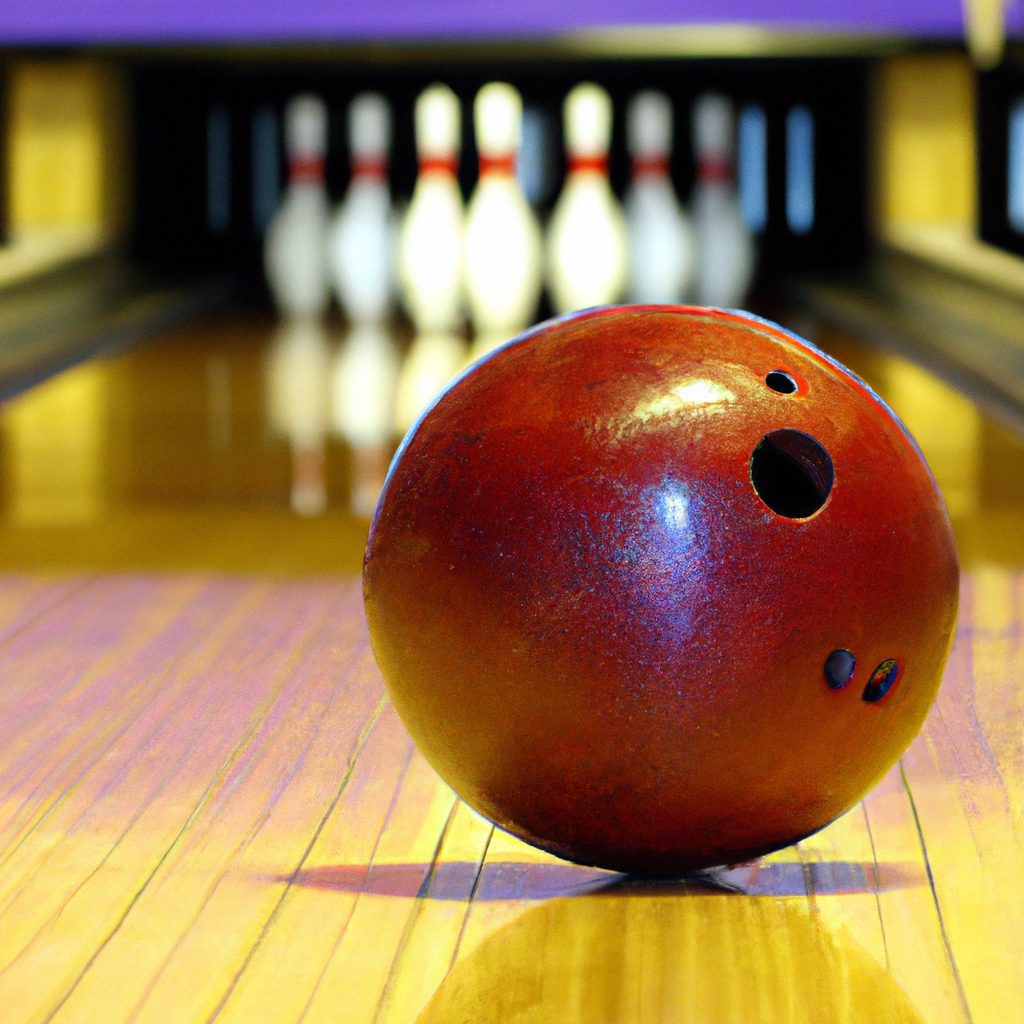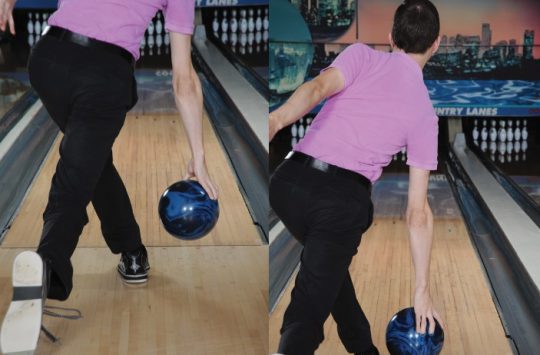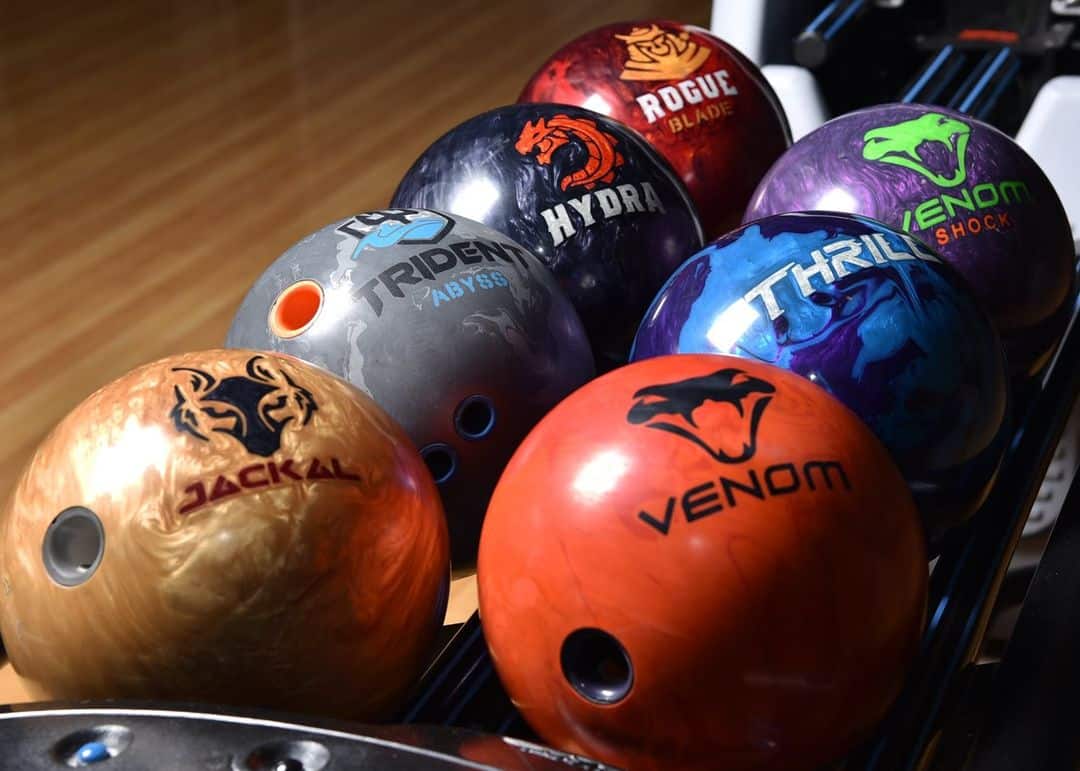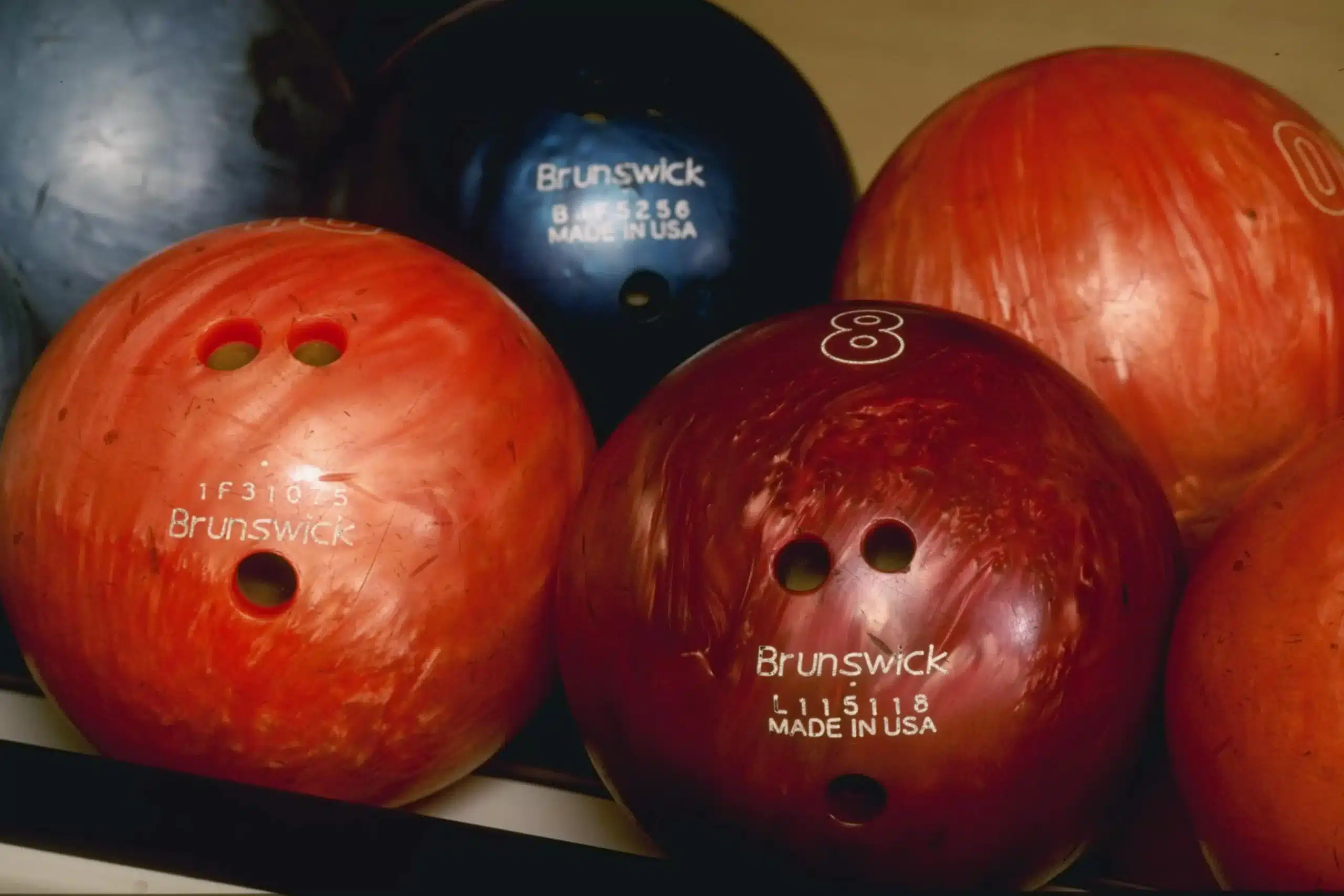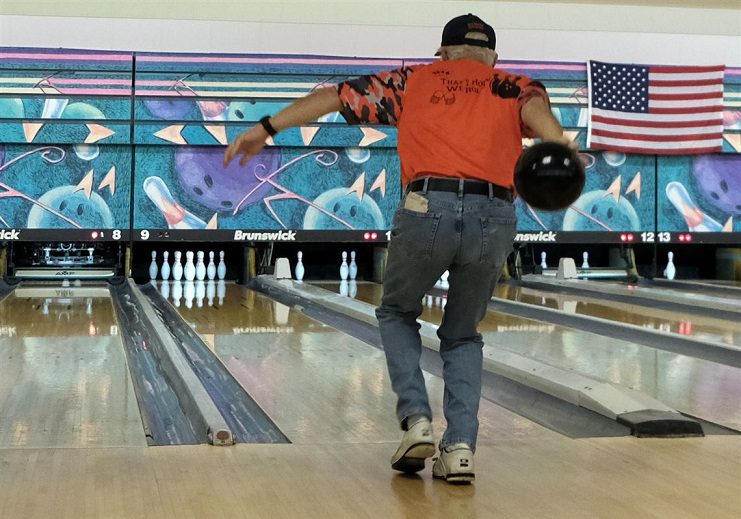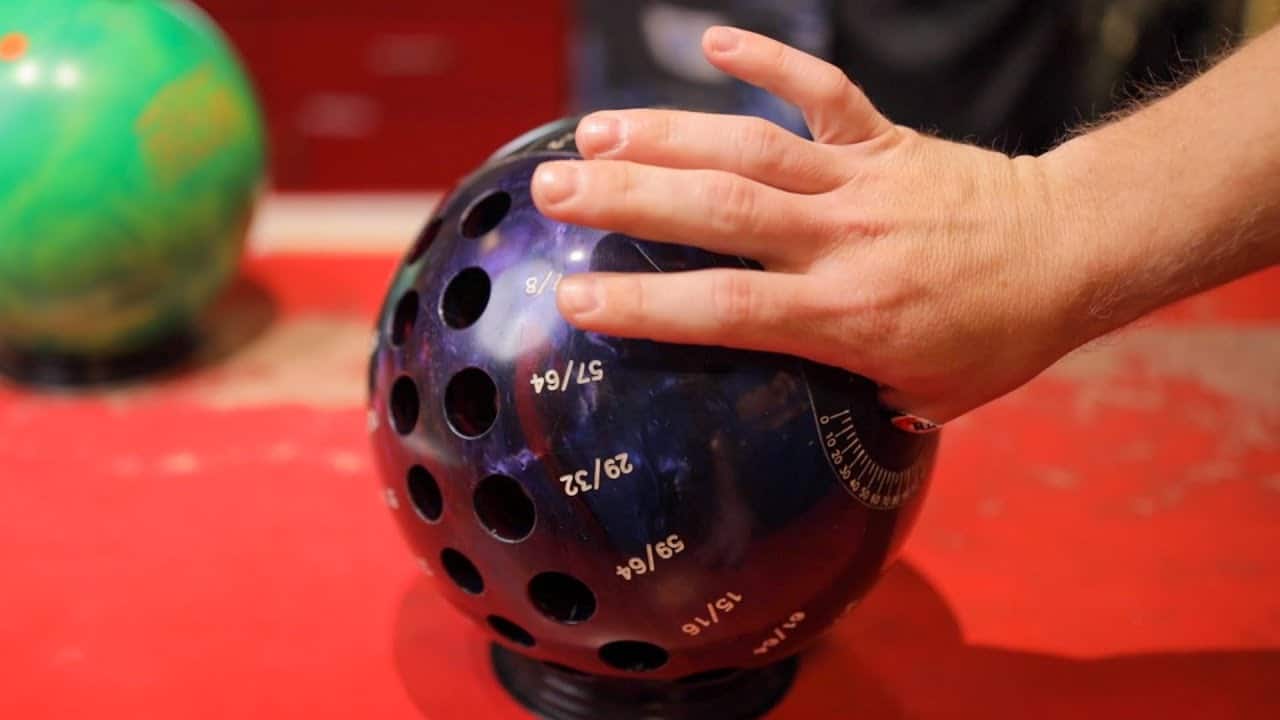When it comes to bowling, the right equipment can make all the difference in your game. And one important piece of equipment is the bowling ball. But have you ever wondered if a 15lb bowling ball is too heavy? Well, today, we’re here to answer that question for you. Whether you’re a seasoned pro or a beginner just getting into the sport, this article will give you the lowdown on the perfect weight for a bowling ball and help you achieve your best performance on the lanes. So, let’s get rolling!
This image is property of tamerbowling.com.
Review contents
Understanding Bowling Ball Weight
What is the recommended weight for a bowling ball?
When it comes to choosing the right weight for a bowling ball, there is no one-size-fits-all answer. The recommended weight for a bowling ball largely depends on various factors such as the bowler’s physical strength, bowling technique, and long-term goals. However, the most common weight range for bowling balls is between 12 to 16 pounds.
How is bowling ball weight measured?
Bowling ball weight is measured in pounds. The weight of a bowling ball is determined by its core, which is the innermost part of the ball. Bowling balls have different core designs, and the weight of the core, combined with the coverstock (the outer layer of the ball), determines the overall weight of the bowling ball.
Why is the weight of a bowling ball important?
The weight of a bowling ball is crucial because it directly impacts the bowlers’ performance and can significantly affect their ability to achieve accuracy and control. A properly weighted ball can enhance a bowler’s throw, while an inadequate weight can hinder their performance. Additionally, using a ball that is too heavy can lead to potential health risks and injuries.
Physical Factors to Consider
Determining your physical strength and ability
Before selecting a bowling ball weight, it is important to assess your physical strength and ability. Consider factors such as your overall fitness level, upper body strength, and general physical condition. If you are a beginner or have limited physical strength, it may be more appropriate to start with a lighter weight ball until you build up your strength and technique.
Considering your bowling technique
Every bowler has a unique bowling technique, and this should be taken into account when determining the right ball weight. If you rely more on finesse and accuracy rather than power, a lighter bowling ball may be more suitable. On the other hand, if you have a powerful throw, a slightly heavier ball may give you better control and improve your overall performance.
Assessing any injuries or physical limitations
Bowler’s with any pre-existing injuries or physical limitations should carefully consider the weight of their bowling ball. Using a ball that is too heavy can exacerbate existing injuries or strain muscles, leading to more serious issues. It is important to consult with a healthcare professional or coach who can provide guidance based on your specific physical condition.
Impact on Performance
How does ball weight affect your throw?
The weight of a bowling ball plays a crucial role in the effectiveness of your throw. A ball that is too light might not have enough momentum to hit the pins with enough force, resulting in less pin action and potentially lower scores. Conversely, a ball that is too heavy can be difficult to control, leading to inconsistencies in your throw and decreased accuracy.
Influence on accuracy and control
Finding a bowling ball that is the right weight for you is essential for maintaining accuracy and control on the lanes. A ball that is too light may lack the necessary inertia to stay on its intended path, resulting in missed shots and reduced accuracy. On the other hand, a ball that is too heavy can make it challenging to maintain a consistent release and follow-through, leading to reduced control over the ball.
The effect of ball weight on pin action
Pin action refers to the way the bowling pins react to the impact of the ball. A well-weighted bowling ball can generate enough force to create optimal pin action, resulting in higher scores. A ball that is too light may not generate enough power to knock down the pins effectively, while a ball that is too heavy can cause the pins to scatter in unpredictable ways, reducing the chances of a strike or spare.
Bowling Ball Weight and Injury Risk
Potential health risks associated with heavy balls
Using a bowling ball that is too heavy can lead to various health risks and injuries. The repetitive motion of swinging and releasing a heavy ball puts excessive strain on the wrist, arm, and shoulder, increasing the likelihood of strains, sprains, and even long-term joint damage. It is important to consider the weight of the ball to avoid potential injuries and ensure the longevity of your bowling career.
Preventing injuries
To prevent injuries, it is crucial to choose a bowling ball that is appropriate for your physical strength and technique. Starting with a lighter weight ball and gradually working your way up can help build strength and reduce the risk of injury. Additionally, proper warm-up exercises and maintaining good technique while bowling can significantly decrease the chances of sustaining injuries.
Types of injuries that can result from using a ball that is too heavy
Using a bowling ball that is too heavy can lead to various injuries, including wrist sprains, tendonitis, muscle strains, and even stress fractures. The repetitive motion of swinging a heavy ball can put excessive strain on the joints and muscles, resulting in overuse injuries. It is crucial to listen to your body and be mindful of any pain or discomfort while bowling, as this could be a sign that the weight of the ball is too much for your physical capabilities.
This image is property of d2culxnxbccemt.cloudfront.net.
Finding the Right Bowling Ball Weight
Consulting with a coach or professional
To determine the right bowling ball weight for you, it is highly recommended to consult with a coach or professional. These individuals have the knowledge and experience to assess your physical abilities and technique, helping you identify the weight that will work best for your unique needs. They can also provide guidance on proper bowling mechanics and offer advice on improving your overall performance.
Testing different ball weights
One effective way to find the right bowling ball weight is to test various options. Bowling centers often have a range of different weights available for rent, allowing you to try out different balls during practice sessions. By experimenting with different weights, you can get a better sense of what feels comfortable and allows you to maintain control and accuracy.
Considering your long-term goals
It’s important to consider your long-term goals as a bowler when choosing the appropriate weight for your bowling ball. If you aspire to compete at a higher level or join leagues and tournaments, it may be beneficial to select a slightly heavier ball to optimize your performance on challenging lane conditions. However, if bowling is primarily a recreational activity for you, a lighter ball that allows for more control and accuracy might be more suitable.
Adjusting Your Bowling Ball Weight
Using inserts and weight blocks
Bowlers have the option to adjust the weight of their bowling ball by using various inserts and weight blocks. Inserts are added to the finger holes of the ball, allowing for customization and fine-tuning of the weight distribution. Weight blocks, on the other hand, are placed inside the core of the ball to alter its overall weight. These adjustments can help bowlers find the ideal weight for their individual needs and preferences.
Considerations for increasing or decreasing ball weight
If you feel the need to increase or decrease the weight of your bowling ball, it is essential to do so gradually and under the guidance of a professional. Incremental changes in weight can help you build strength and adjust to the new weight without risking injury. Additionally, proper technique and regular strength training can assist in adapting to a new ball weight and improving overall performance.
Knowing when it’s time to change your ball weight
As bowlers progress and improve their skills, it may be necessary to reassess the weight of their bowling ball. If you find that your current ball weight is no longer allowing you to achieve optimal control, accuracy, and pin action, it may be time to consider adjusting the weight. Regularly assessing your performance and seeking advice from professionals can help you determine if a change in weight is warranted.
This image is property of qph.cf2.quoracdn.net.
Effects of Ball Weight on Lane Conditions
The impact of ball weight on oil absorption
Bowling balls interact with the lane’s oil patterns, and the weight of the ball can influence how it absorbs oil. A heavier ball tends to absorb more oil, which can result in changes in ball reaction and motion on the lane. The weight of the ball affects how it grips the lane surface and how it responds to friction, making it important to choose a weight that complements the specific lane conditions you often encounter.
Ball motion and friction dynamics
The weight of a bowling ball directly affects its motion and friction dynamics on the lane. A heavier ball will generally respond less to friction, create more direct path to the pins, and exhibit less lateral motion. Conversely, a lighter ball may be more prone to changing directions abruptly, especially when encountering friction. Consider the lane conditions and oil patterns when selecting the weight of your ball to optimize your performance.
Considering lane conditions and oil patterns
Different lane conditions and oil patterns can significantly impact how a bowling ball performs. Factors such as oil viscosity and distribution on the lane can influence ball motion and overall performance. It’s important to consider the weight of your ball in relation to the specific lane conditions you plan to bowl on to maximize your chances of success. Experimenting with different weights during practice sessions can help you fine-tune your selection for different situations.
The Importance of Comfort and Confidence
Finding a weight that feels comfortable
Comfort is a vital factor in choosing the right bowling ball weight. If your ball feels too heavy, it can lead to muscle strain, reduced control, and overall discomfort. Similarly, if the ball feels too light, you may struggle to generate enough power and accuracy in your throw. Finding a weight that feels comfortable in your hand is essential for maintaining consistency and enjoyable bowling experience.
Boosting your confidence on the lanes
Confidence is key in any sport, and bowling is no exception. Selecting a bowling ball that you are comfortable with, and that matches your physical capabilities and technique, can significantly boost your confidence on the lanes. When you have confidence in your ball’s weight, you can focus on executing your shots with precision and achieving better results.
Psychological aspect of ball weight
The psychological aspect of ball weight should not be underestimated. Every bowler has their own perception and preferences when it comes to the weight of their ball. Some bowlers may feel more confident and in control with a heavier ball, while others may prefer the maneuverability and finesse that a lighter ball offers. Ultimately, finding the right weight for your bowling ball is a personal decision that takes into account both the physical and psychological aspects of your game.
This image is property of getmorehook.com.
Regulations and Restrictions
Rules and regulations regarding ball weight in leagues and tournaments
Different leagues and tournaments may have specific rules and regulations regarding the maximum and minimum ball weights permitted. It is essential to familiarize yourself with these rules to ensure compliance and avoid disqualification. Most leagues and tournaments follow the guidelines set by organizations such as the United States Bowling Congress (USBC) and the Professional Bowlers Association (PBA).
Weight limits for different age groups and skill levels
Weight limits for different age groups and skill levels are put in place to ensure fairness and safety in bowling competitions. Junior bowlers, for example, typically have lower weight limits compared to adult bowlers. Additionally, weight restrictions may vary based on skill levels, such as beginner, intermediate, and advanced. It’s important to know the weight limits specific to your age group and skill level before participating in any competitive events.
Restrictions on professional bowling tours
Professional bowling tours also have specific regulations regarding ball weight. The Professional Bowlers Association (PBA), for instance, specifies a maximum weight limit of 16 pounds for its tournaments. This limitation helps maintain consistency and fairness among professional bowlers during high-level competitions. Professionals must adhere to these restrictions to ensure a level playing field.
Common Misconceptions About Ball Weight
Lighter balls are always better for beginners
While it is true that lighter balls can be easier to handle for beginners with limited physical strength, it is not always the case that they are the best option. The right weight for a beginner bowler depends on their individual physical abilities and technique. Starting with a lighter ball can provide a good foundation, but as bowlers progress and build strength, slightly heavier balls may be necessary to improve control, accuracy, and overall performance.
Heavier balls always achieve higher scores
Contrary to popular belief, using a heavier ball does not guarantee higher scores. While a heavier ball may generate more pin action and knock down more pins in some cases, it is not solely determined by the weight of the ball. Factors such as technique, accuracy, and lane conditions all play significant roles in achieving higher scores. Finding the right weight that allows for control and consistency is ultimately more important than simply using a heavy ball.
One-fits-all approach to ball weight
Bowling is a highly individualized sport, and there is no one-fits-all approach to ball weight. Each bowler has unique physical characteristics, technique, and goals, which means that the optimal ball weight can vary from person to person. It is crucial to consider a range of factors, such as physical strength, technique, and long-term goals, when determining the right weight for your bowling ball.
This image is property of images.offerup.com.








![Spare bowling ball Top 10 in 2024. (reviews) Top 10 Best Spare Bowling Balls [2021 Reviewed]](http://landofbowling.com/wp-content/uploads/2021/07/Top-10-Best-Spare-Bowling-Balls-2021-Reviewed.jpg)






